|
Published on Archi.ru (https://archi.ru) |
|
| 07.06.2024 | |
|
Marina Yegorova: “We think in terms of hectares, not square meters” |
|
|
Alyona Kuznetsova |
|
| Architect: | |
| Marina Egorova | |
| Studio: | |
| Empate Architectural Bureau | |
|
The career path of architect Marina Yegorova is quite impressive: MARHI, SPEECH, MosComArchitectura, the Genplan Institute of Moscow, and then her own architectural company. Its name Empate, which refers to the words “to draw” in Portuguese and “to empathize” in English, should not be misleading with its softness, as the firm freely works on different scales, including Integrated Territorial Development projects. We talked with Marina about various topics: urban planning experience, female leadership style, and even the love of architects for yachting. Archi.ru: 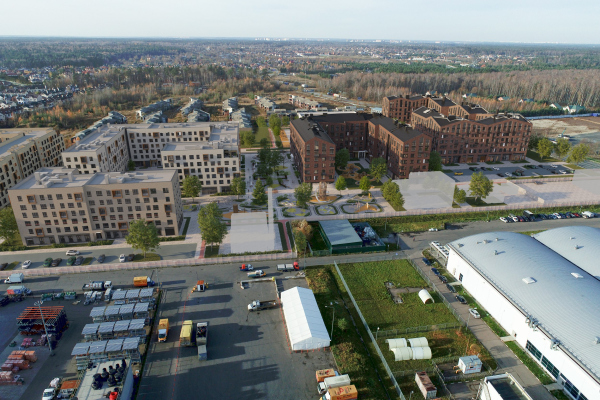 Project of planning the territory of a residential complex near the village of Pozdnyakovo in the Moscow RegionCopyright: © Empate Architectural Bureau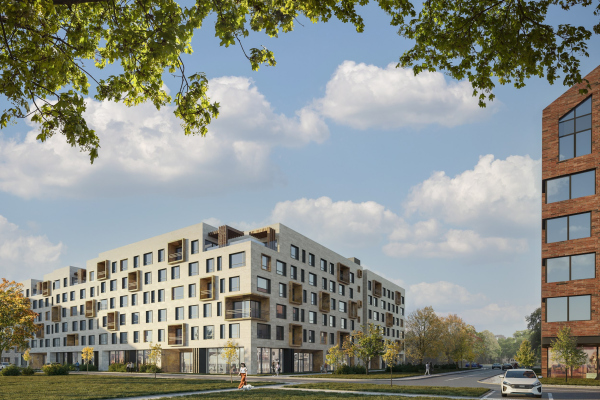 Project of planning the territory of a residential complex near the village of Pozdnyakovo in the Moscow RegionCopyright: © Empate Architectural Bureau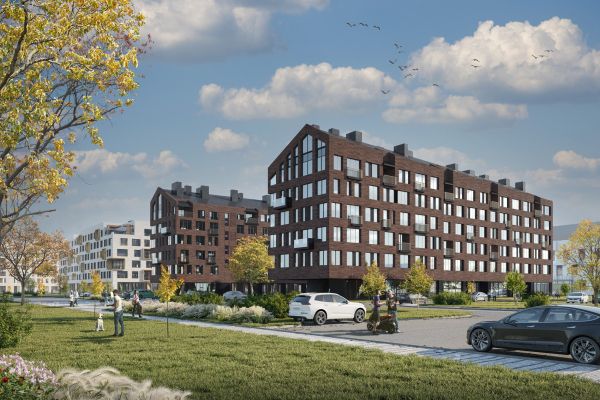 Project of planning the territory of a residential complex near the village of Pozdnyakovo in the Moscow RegionCopyright: © Empate Architectural Bureau Project of planning the territory of a residential complex near the village of Pozdnyakovo in the Moscow RegionCopyright: © Empate Architectural Bureau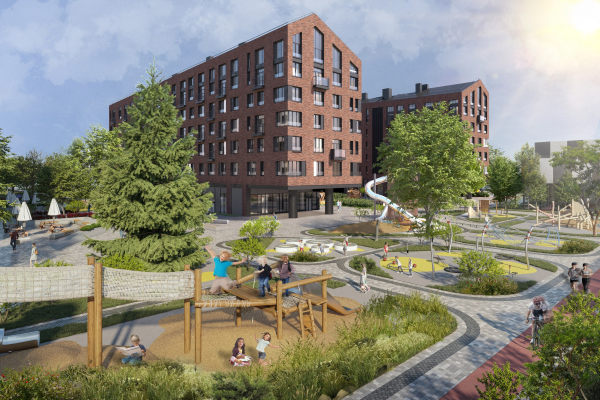 Project of planning the territory of a residential complex near the village of Pozdnyakovo in the Moscow RegionCopyright: © Empate Architectural BureauWhich projects from your portfolio do you consider the most valuable? What are you working on now? I am very proud that we developed a site planning project near the village of Pozdnyakovo in the Moscow region in just three months, and it quickly passed the state examination. When I tell people about it, they refuse to believe me because everyone has the standard timeline of a year in mind for this. However, the trick is that we are experienced, we know the subject well, and we can read regulatory documents. Not all architects are capable of understanding all this legal language. But we not only understand it but also know how to translate it into plain language and, importantly, into numbers, which are most understandable to developers. Our firm Empate also has two projects in the Altai Mountains – an apart-hotel and a retreat village. Both are very important to me. These are more about the proverbial “volumetrics”. The architecture is turning out to be quite interesting. There is room for both eco and ethnic motifs. 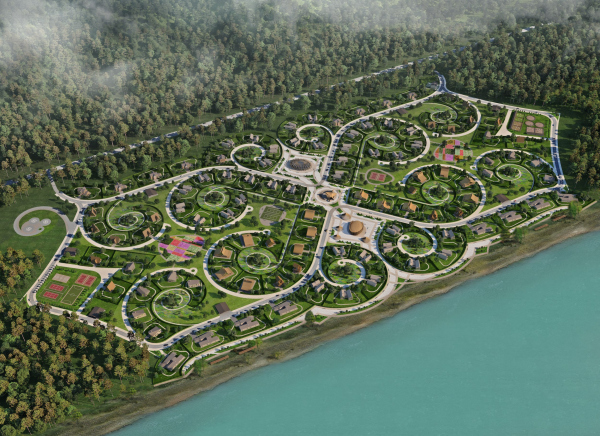 Ecosettlement in AltaiCopyright: © Empate Architectural Bureau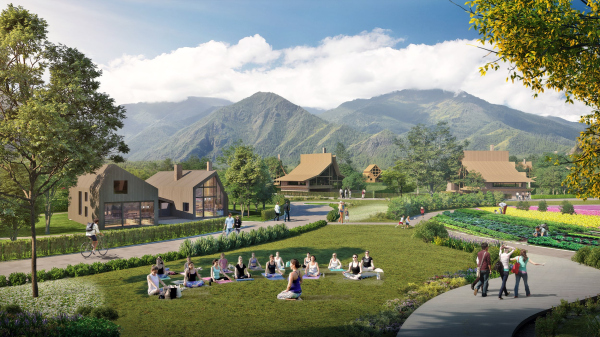 Ecosettlement in AltaiCopyright: © Empate Architectural Bureau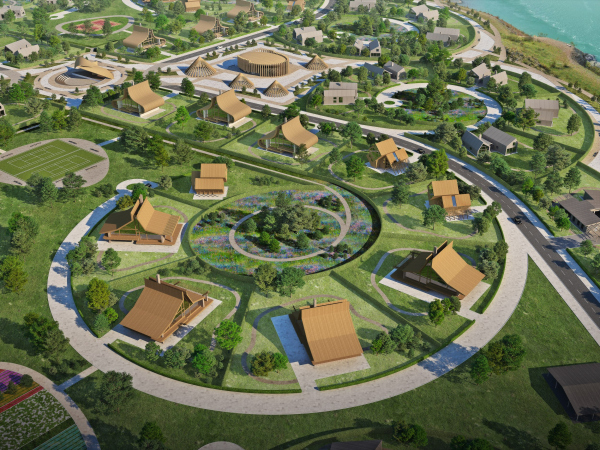 Ecosettlement in AltaiCopyright: © Empate Architectural BureauIn addition to your main work, you have several other projects: studying the history of urban planning, researching the economic efficiency of the ITD mechanism together with “Project Russia” and REPA, and a Telegram channel. And you write a lot and well, which is not very typical for architects. What does this activity give you? Is it part of a strategy for scaling and forming a personal brand, and recognition? Everything I do, I do sincerely. And all of it is somehow connected to my profession. It’s important for me to develop, so I constantly accumulate knowledge, analyze the current situation, and record my observations and conclusions in texts. All of this is so natural, to be honest. There is no strategy or calculation in this. If the recognition of my personal brand increases because of this, that’s great. In our time, it’s essential not to underestimate the importance of a personal brand. Still, there is a lot of artificially inflated things in PR. I wouldn’t want to be artificially inflated. Regarding this question, I can’t help but share an impression from the recent ArchMoscow exhibition. I left the exhibition’s opening for the first time without buying any books or magazines. On the stalls, in the little corner that the organizers allocate to publishers, there was something about gardening, private house architecture, about architects I already know everything about, and some guides. It felt like intellectual life in the architectural field had stalled because what interesting material is actually in print – and in electronic form too – is dedicated either to things that remained in the past or to some purely utilitarian things. Almost no one speaks about the present, let alone the future. It’s very frustrating. And at the same time, I see it as an opportunity for myself personally. Regarding our joint research with “Project Russia” and the REPA Association on the effectiveness of ITD, I’d love to talk about it separately at some point. But first, we need to finish it. At ArchMoscow, Julia Shishalova, Julia Solodovnikova, and I presented the interim results of this research. 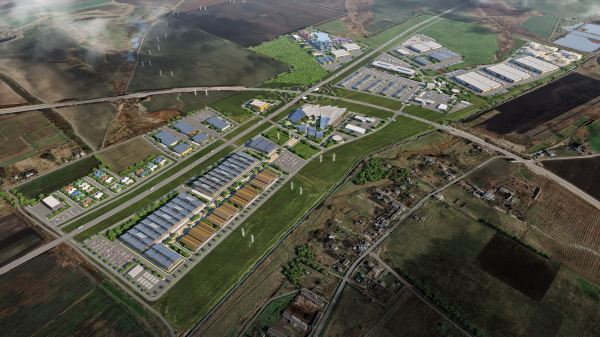 Logistics complex in AnapaCopyright: © Empate Architectural Bureau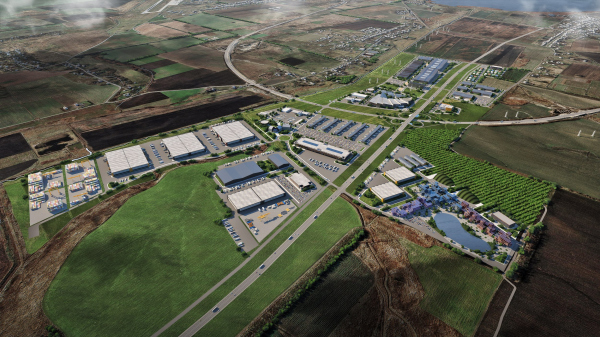 Ecosettlement in AltaiCopyright: © Empate Architectural Bureau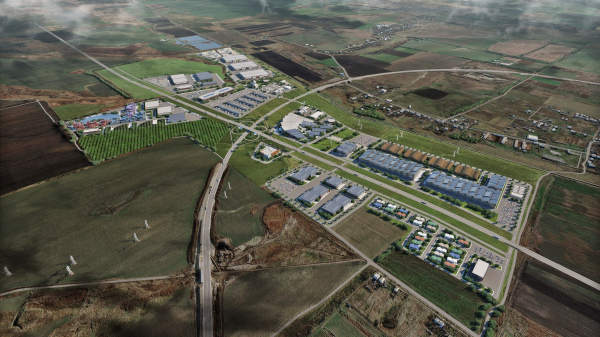 Logistics complex in AnapaCopyright: © Empate Architectural BureauYou are also a skipper! Many architects are sailing enthusiasts. Why do you think that is? It’s related to the feeling of freedom that such an experience provides. There was a time when many architects were into skiing and snowboarding – the more dangerous, the better. When yachting became more accessible in Russia and ceased to be something exclusively sporty, people started gravitating towards it. The main advantage of yachting over skiing is its year-round nature. Also, let’s not forget that architects love to travel and gain new experiences, and yachting involves constant movement. Thus, by engaging in yachting, you develop both physically and broaden your horizon as well – literally and figuratively. I’m very excited about the marina system project in Kazan. Recently, we discussed this case with Ilysiar Tukhvatullina at ArchMoscow during a panel discussion. I’m ready to contribute my expertise to this project. In which marina development projects is your company involved? I have acted several times as a consultant on marina infrastructure in Portugal and Croatia. I should emphasize that I am not a specialist in the design and technical equipment of marinas themselves. My team and I can develop a master plan for the territory around a specific water area, and make proposals for forming a marina network, but we probably can’t calculate the engineering aspects. Not long ago, I gave a detailed interview on this topic to the “All Marinas of Russia” portal. Returning to your Telegram channel: you wrote there that a woman entrepreneur should not adopt a man’s model in her career path. Can you create a successful architectural firm using “soft power”? In Russia, architecture remains predominantly a male profession, even though institutions like MARHI graduate more women than men. Men usually lead, while women do the drawing. This is the way it’s been for decades. However, this does not mean that this practice should be continued. This brings us to the topic of social justice, which is quite complex and abstract. It’s very interesting but somewhat beyond the scope of this interview. I believe that it is entirely possible to build a successful business using “soft power”, and not just in the creative industries. The key, if you’re a woman, is not to try to pretend to be a man or use typically male methods of management and negotiation. There was a time when I was aggressive, exerted pressure, and made demands. But these are all traits of the male model of behavior. A man is a conqueror. At some point, I realized that the effect of my aggressiveness was not what I wanted, and this “I will cover the whole herd” position was destroying me from within. I began to work seriously on myself to return to my natural feminine state. There is a popular misconception that “soft power” is all about manipulation, unpredictability, and lack of system. Women’s business is about something else. It is about acceptance, intuition, and empathy. It is not about domination. Women actually make excellent leaders. Business is, after all, about managing resources, and a woman is a natural manager, focused on preservation and development. |
|